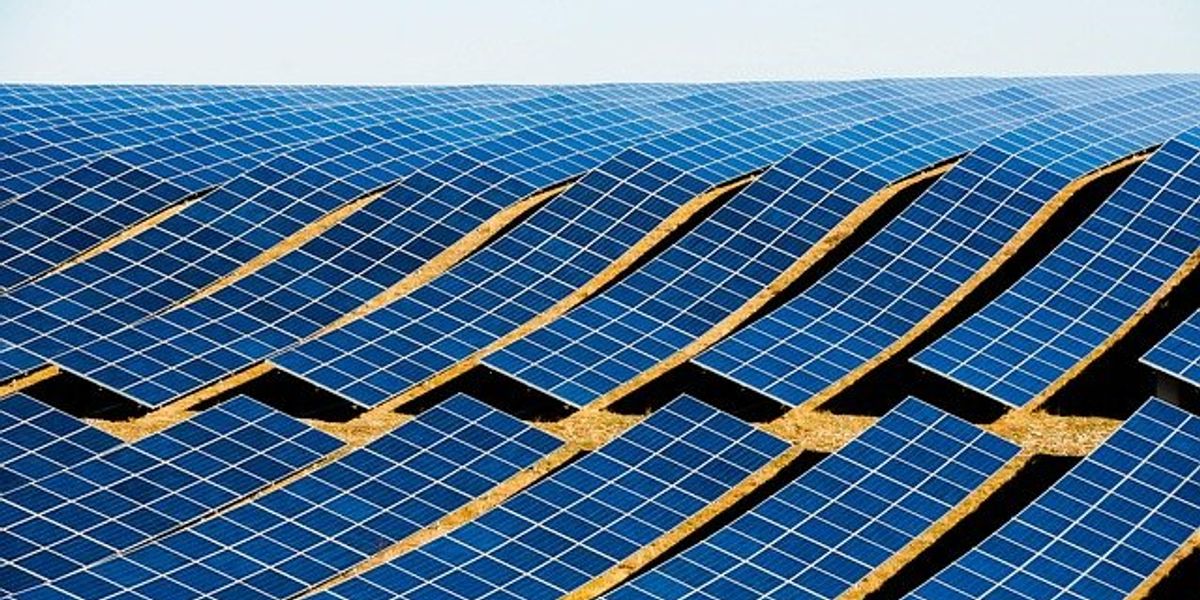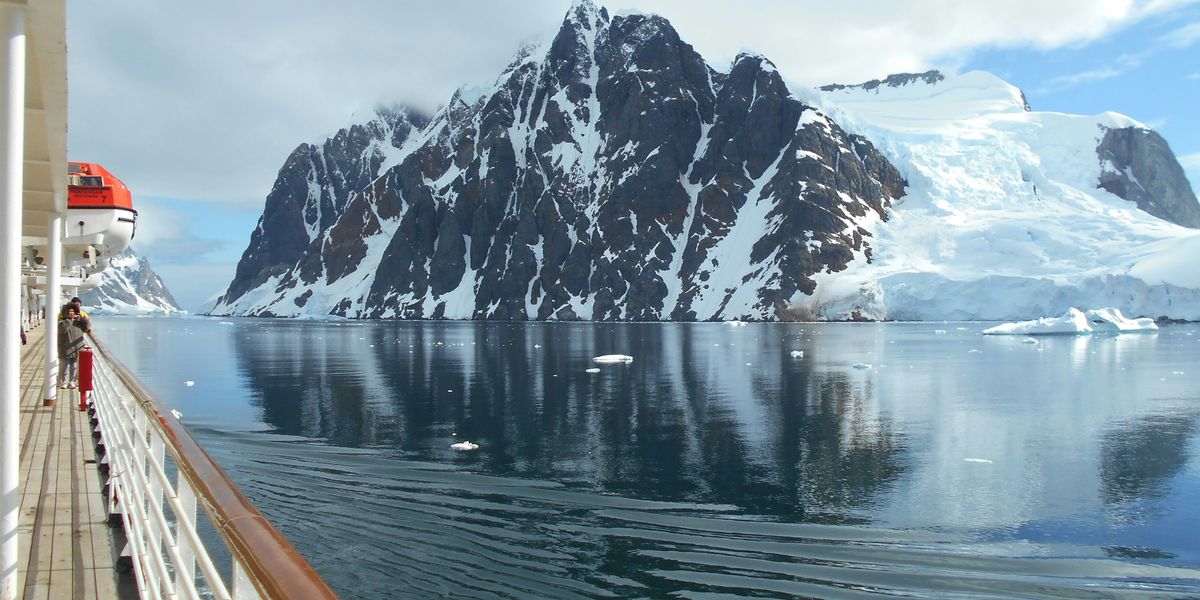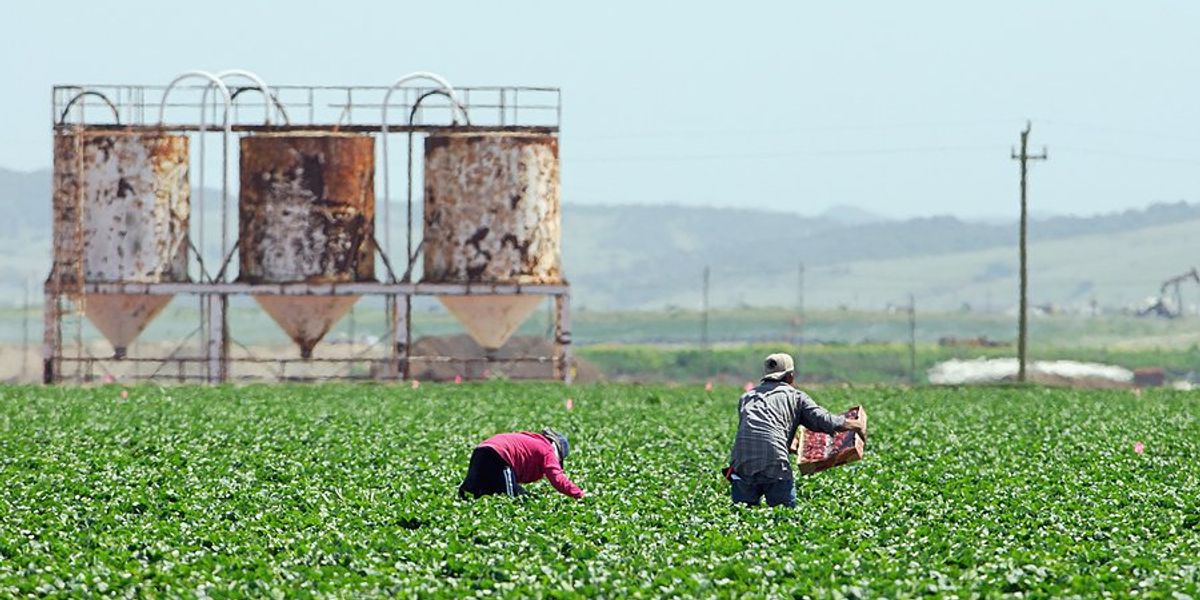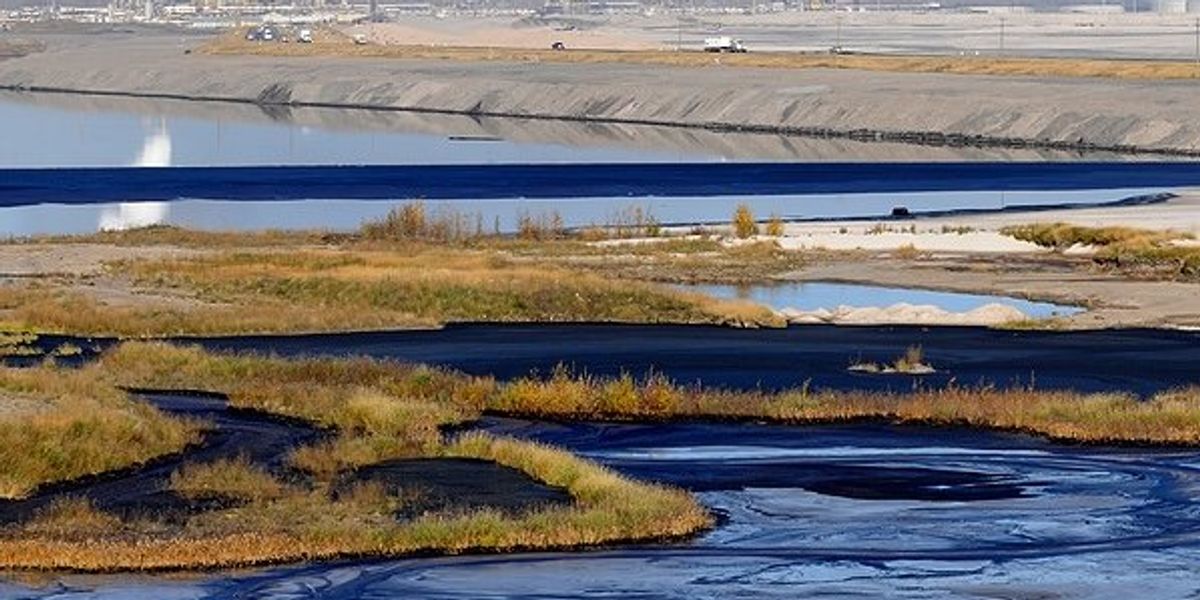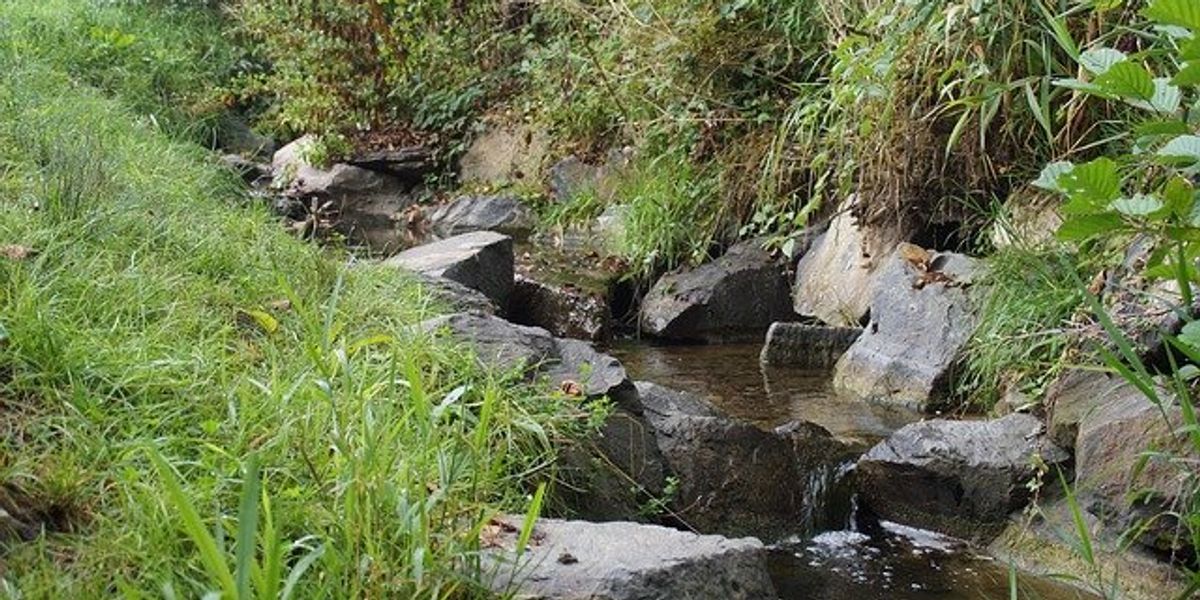
Past decade sets new record for global temperatures
The World Meteorological Organization (WMO) confirmed that 2024 was the hottest year ever recorded, making the last 10 years the warmest in nearly two centuries of data collection.
Delger Erdenesanaa reports for The New York Times.
In short:
- Global temperatures in 2024 averaged 1.55 degrees Celsius above preindustrial levels, surpassing the previous record set in 2023.
- Greenhouse gas concentrations, including carbon dioxide and methane, reached levels unseen in hundreds of thousands of years.
- Rising ocean temperatures led to widespread coral bleaching, while global sea levels increased at more than twice the rate of previous decades.
Key quote:
“While a single year above 1.5 degrees C of warming does not indicate that the long-term temperature goals of the Paris Agreement are out of reach, it is a wake-up call that we are increasing the risks to our lives, economies and to the planet.”
— Celeste Saulo, secretary general of the WMO
Why this matters:
The planet is heating up at an alarming pace, and the consequences are becoming harder to ignore. Rising global temperatures are fueling more extreme weather events, from blistering heat waves to devastating hurricanes. One of the most striking effects is on the world’s oceans, which act as a giant heat sink, absorbing much of the excess warmth. But as ocean temperatures rise, so too does the threat to marine ecosystems — coral reefs are bleaching, fish populations are shifting, and sea levels are creeping higher, putting millions of people at risk.
At the same time, record-high greenhouse gas levels are setting the stage for more frequent and intense natural disasters. Droughts are becoming longer and more punishing, wildfires are spreading with greater ferocity, and storms are dumping historic amounts of rainfall. Scientists warn that without a dramatic reduction in emissions, these patterns will only worsen, making adaptation increasingly difficult. The changing climate isn’t just an abstract problem for future generations — it’s reshaping landscapes, economies, and communities in real time.
Read more: The world endured its hottest summer with devastating impacts

